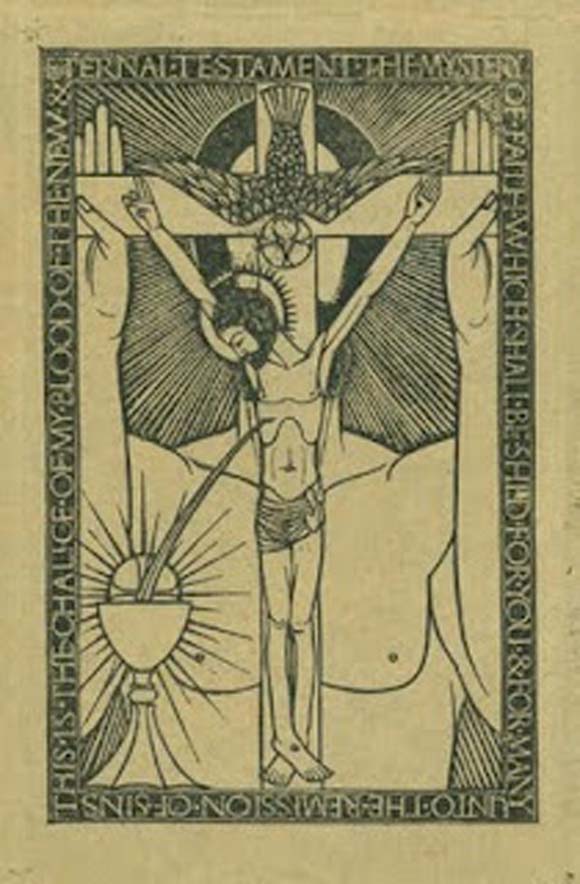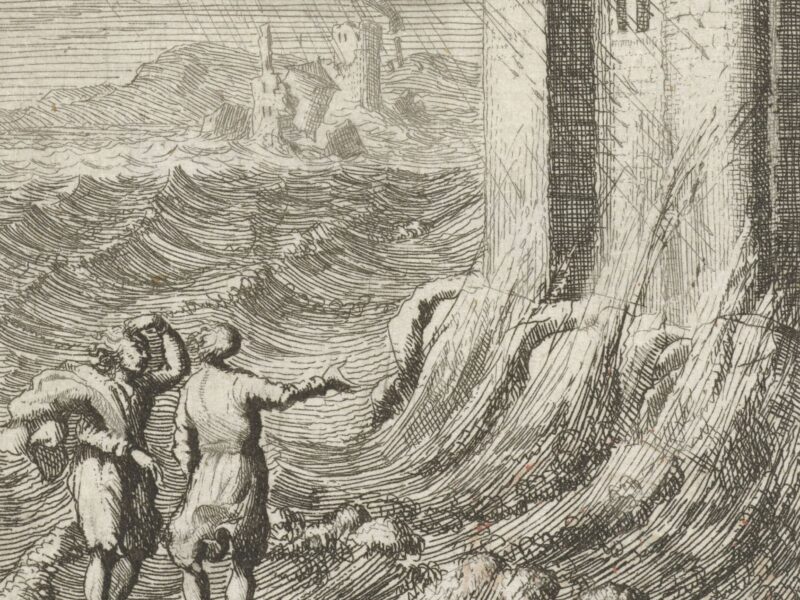
Third Sunday of Easter – The Real Presence and the Trinity
Religion makes specific claims about the universe which need to be substantiated, and need to be challenged – and if necessary, need to be ridiculed with contempt. For example, if they say they’re Catholic ask them: Do you really believe, that when a priest blesses a wafer, it turns into the body of Christ? Are you seriously telling me you believe that? Are you seriously saying that wine turns into blood?
If the answer is yes, Dawkins suggests atheists should show contempt for believers instead of ignoring the issue or feigning respect. “Mock them,” he told the crowd. “Ridicule them! In public!”
So how should we deal with Richard Dawkin’s question. The disciples in today’s Gospel had a hard enough time believing that Jesus was truly among them, and they could see His hands and His feet. What hope is there for us who can only see what looks like bread and wine? Well lets ask a slightly different question. Is Christ’s body and blood really present in the Eucharist, or is the Eucharist symbolic? This is actually a trick question. Christ’s body and blood is really present in the Eucharist but the Eucharist is also symbolic. In our culture we automatically tend to think that symbolic means less real, but this is not always the case. The Eucharist is simultaneously both the most real and the most symbolic of anything in the whole of creation.
To unpack this a little we need to think a bit about what symbols are. Symbols are certain kinds of relations which give meaning to our lives. For example, food is symbolic. On the most basic level, food means something to us in the first instance because there’s a relationship between some stuff and us, the relationship that this stuff is edible. And there’s something very real about this relationship. Whether or not we like the taste of something, it doesn’t change the fact that it can provide us with nourishment.
Eating a meal together is also symbolic. It means something not only because there are relations between us and the stuff we call food, but also because there are relations between us and those who we eat with. It means something when we engage in some mutually beneficial activity with someone and enjoy each other’s enjoyment. It means we love them. Eating together with friends and family is related to the very real love we have for each other, and the symbol of eating together embodies this love.
Now not all symbols are as real as each other. For instance, usually a kiss is a symbol of love, but when Judas kissed Jesus, it was a symbol of betrayal, it wasn’t a real kiss. The reality of the symbol depends on the reality of the relationship which gives the symbol its meaning. When Judas kissed Jesus, the reality of love wasn’t there.
So when thinking about what are the most real symbols, we need to think about when the relationships which give meaning to the symbols are most real. What are the most real relationships? If we knew the answer to this question, we might be in a position to say which symbols are most real, and discover what is most meaningful in our life. So what are the most real of all relationships? I’ll give you a clue. In the name of the Father and of the Son and of the Holy Spirit. Well, actually that was a bit more than a clue. The persons Father, Son and Holy Spirit are the names of the distinct relationships within the Trinity, but they are not like any kind of relationship we find in creation. In creation, relations always exist between things, but in the Trinity, the relations are the things, the relations are God, the source of all reality, and it is these most real of all relations, Father, Son and Holy Spirit which are revealed to us in those symbols we call sacraments.
We should never try to explain the sacraments in terms of anything natural even if people would ridicule us for refusing to do so, but rather we should try to explain nature in terms of the sacraments. The sacraments show us the sacramentality of creation, they show us the true meaning of life. The relationships we have with other people, the thoughts we have, the things we do can all be understood sacramentally. We’re made in the image of the Trinity. God is real, He is truly among us, He loves us and is constantly drawing us to Himself.

Perhaps Richard Dawkins will always want to mock us for saying we seriously believe that the bread and wine on the altar become Christ’s body and blood, but all the same, we should thank Richard because by asking us these questions, he is giving us the opportunity to delve ever deeper into the mystery that Christ is truly present among us.


